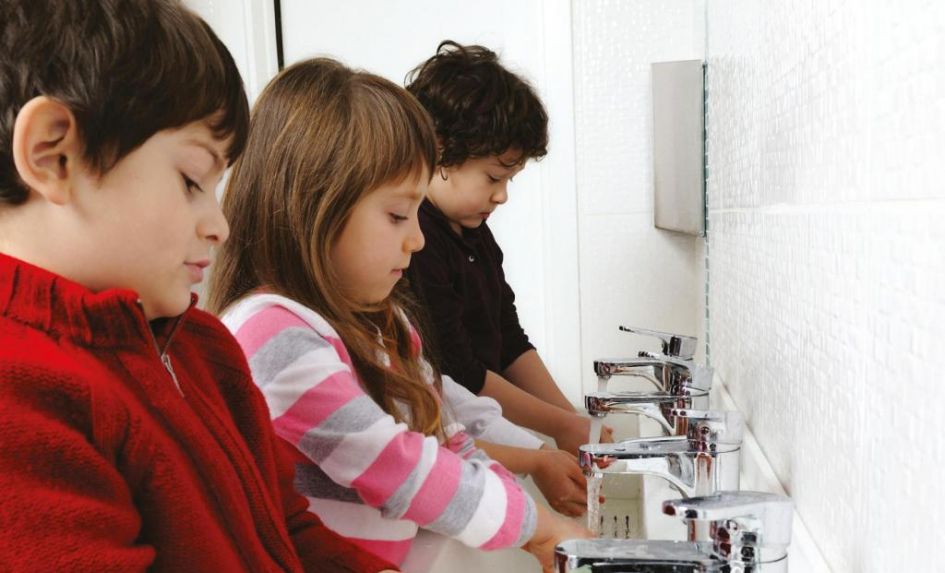These days, when schools decide to replace a washroom, budgetary constraints are a big issue. They’ve got to do their research and find a good installation company that’s credible, has lots of case studies available to view and relevant knowledge of the education sector.
As a specialist installer, we’ve sometimes found ourselves competing for school projects with local builders. Quite often their quote will be cheaper, but the school’s likely to end up with a product that’s not fit for purpose. Take the wall finishes – where we might apply Altro Whiterock cladding for a wipe-clean finish, other companies might simply paint the walls and leave it at that.
The main point of difference is toilet cubicles. We’ll supply units made from compact grade laminate, which is impervious to water. A builder, on the other hand, might specify melamine faced chipboard, which can blow, allow water to seep in and need replacing within a matter of months.
Installers used to working in schools will be aware of the issues involved with carrying out projects in the holidays compared to time term. If the project is scheduled for a half term break, the installer should be on-site at either end of that week to maximise the time available.
Schools will also want to ensure that the installers working on the project, even if it’s outside term-time, are all DBS checked.
Safeguarding
Nine times out of 10, the work will involve an existing space that the school is trying to improve. That might, for example, involve removing urinals in favour of toilet cubicles that provide more privacy, but usually it’ll be a case of general refurbishment.
In terms of environment, the space has got to be safe, warm, inviting and not scary. Many pupil toilets are quite old, with high cubicle units and doors. Consider your safeguarding responsibilities, and make sure that pupils aren’t likely to get stuck on their own or hidden away.
There should be no areas where bullying can take place – it’s possible to make the space reasonably open, while still allowing children privacy.
As well as being safe, the new washroom will obviously need to be hygienic. It’s now possible to specify low noise, low energy use hand driers and air sterile units – wall-mounted devices that combat smells and germs by continuously sucking air and replenishing the space with air that’s bacteria-free.
Schools should use water-efficient taps and cisterns, and ensure that all fittings meet the WRAS industry standard to prevent contamination of the water supply.
How long a washroom lasts will depend on how heavily it’s used. The aspect that tends to wear out fastest is the flooring, which should be maintained and cleaned using appropriate products and cleaning regimes. A ‘cap and cove’ flooring configuration is preferable to flat lay, which will produce dead spaces and corners where dirt can accumulate.
Ultimately, you get what you pay for – wherever possible, specify quality components from a supplier that has trade accounts with major manufacturers and can pick the most suitable products.
Finally, schools now have lots of flexibility when it comes to a washroom’s colour scheme. Some schools may want their building interiors to match their corporate colours or apply printed graphics to their cubicles, while others will prefer a more muted colour scheme in order to produce a more calm environment – it’s all down to their individual choice.
Chris Davy is the director of County Washrooms – a washroom and toilet refurbishment contractor based in Chelmsford, Essex.










